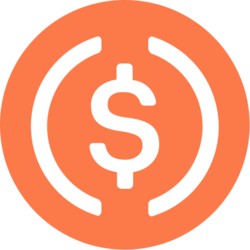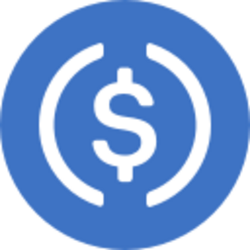
Five ways the Fed affects your finances
“Rates have slowly increased recently as banks guard against the risks they see in an uncertain economy, and I think the growth is likely to continue until the Fed moves,” said Matt Schulz, chief credit analyst at LendingTree.
“Any jumps are unwelcome news for cardholders already being pushed to the edge by high interest rates and rising prices,” he added.
2. Mortgages
Mortgage rates don’t directly track the Fed, but are largely tied to Treasury yields and the economy. As a result, experts say, concerns over tariffs and ongoing uncertainty about future costs have kept those rates within the same narrow range for months.
The average rate for a 30-year, fixed-rate mortgage was 6.81% as of July 28, while the 15-year, fixed-rate was 6.06%, according to Mortgage News Daily.
Adjustable-rate mortgages, or ARMs, and home equity lines of credit, or HELOCs, are pegged to the prime rate, and are also elevated.
Those higher rates, along with much higher home prices, have been a relentless obstacle for would-be buyers. “Until mortgage interest rates begin to decline meaningfully, growth in the mortgage market is expected to remain modest,” said Michele Raneri, vice president and head of U.S. research and consulting at TransUnion.
3. Car loans
Auto loan rates are tied to several factors, but the Fed is one of the most significant.
With the Fed’s benchmark holding steady, the average rate on a five-year new car loan is 7.3%, near a record high, while the average auto loan rate for used cars is 10.9%, according to Edmunds.
But car prices are also rising — in part due to pressure from Trump’s tariffs on imported vehicles and car parts — leaving car buyers with bigger monthly payments and a growing affordability issue. Now, the share of new-car buyers with a car payment of more than $1,000 a month is at an all-time high.
GMC SUVs parked outside a GMC Buick dealership in Edmonton, Alberta, Canada, on March 22, 2025.
Artur Widak | Nurphoto | Getty Images
“Consumers are stretching their budgets to the limit, taking on significantly longer loans and bigger monthly payments just to get into a new car, and this is all before we’ve seen tariffs fully manifest in vehicle pricing,” said Joseph Yoon, consumer insights analyst at Edmunds.
Regardless of the Fed’s stance on interest rates, “it won’t immediately change the deeply entrenched affordability challenges in the market,” he added.
4. Student loans
Federal student loan rates are set once a year, based in part on the last 10-year Treasury note auction in May. They are fixed for the life of the loan, so most borrowers are somewhat shielded from Fed moves and recent economic uncertainty.
As of July 1, the interest rates on undergraduate federal student loans for the 2025-26 academic year are 6.39%.
Although borrowers with existing federal student debt balances won’t see their rates change, many are now facing other headwinds with fewer federal loan forgiveness options and a popular repayment plan currently on hold.
5. Savings
On the upside, top-yielding online savings accounts still offer above-average returns and currently pay more than 4%, according to Bankrate.
While the central bank has no direct influence on deposit rates, the yields tend to be correlated to changes in the target federal funds rate — so holding that rate unchanged has kept savings rates above the rate of inflation, which is a major advantage for savers.
“It’s not a good time to be a borrower, but it’s a great time to be a saver — lean into that,” Greg McBride, chief financial analyst at Bankrate, recently told CNBC.
Subscribe to CNBC on YouTube.












































